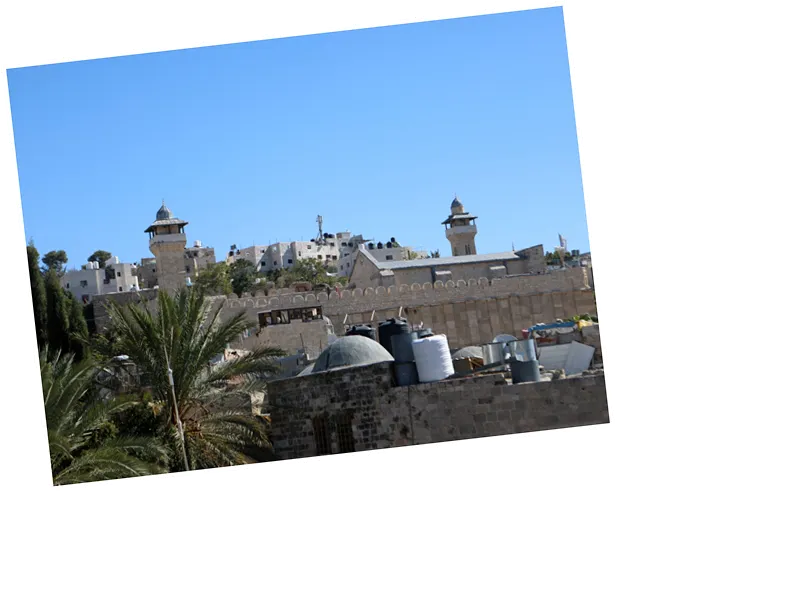Exploring the Historical Tunnels Beneath Al-Aqsa Mosque
The Al-Aqsa Mosque and Old Jerusalem are home to a network of significant tunnels that reveal a rich yet contentious history. Among the most notable is the Hasmonean Tunnel, which stretches approximately 500 meters and descends to depths of 6-7 meters. This tunnel begins beneath the Chain Gate and runs parallel to the western wall of Al-Aqsa, ultimately connecting to the Via Dolorosa.
The tunnel, referred to as “the crypt” by Mujir al-Din al-Hanbali, boasts remarkable features such as the Pit of Generations, Robinson’s Arch, and the Pomegranate Synagogue. Visitors can also witness a massive stone weighing 572 tons, alongside various settlements and wells that date back to the Ottoman period. Noteworthy landmarks within the tunnel include a Greek aqueduct and Roman pools, illustrating the area's extensive historical significance.
Another crucial tunnel is the Lower Tunnel of the Great Bridge, measuring 150 meters in length and reaching depths of 15 meters. Located below Bab al-Silsilah, it showcases antiquities, a mikveh, and remnants of a Roman theatre. The opening of an exit to this tunnel in 1996 ignited what became known as the “Tunnel Uprising,” highlighting the ongoing tensions surrounding the site.
The Silwan Tunnel (Givati), starting from Silwan town, connects to the Mughrabi Gate and exits near the Davidson Garden, close to the Umayyad palaces. However, several tunnels remain off-limits to visitors, including those at Bab al-Amoud and the Qarmi neighborhood, further complicating the narrative of accessibility and historical preservation.
As the situation continues to evolve, these tunnels serve not only as a testament to the region's rich history but also as focal points of political and cultural discourse.





